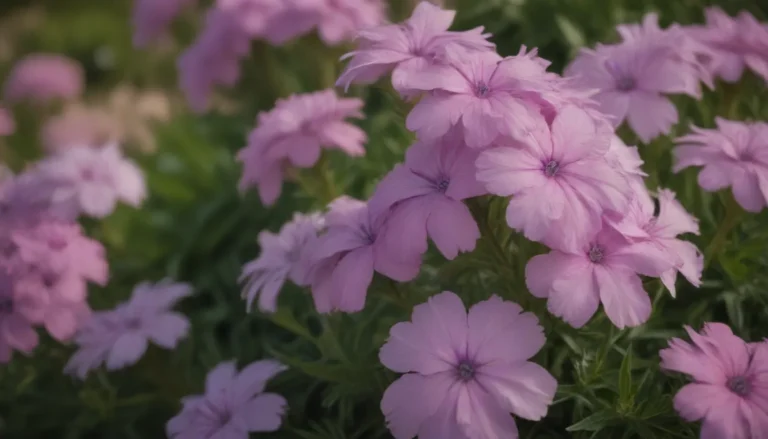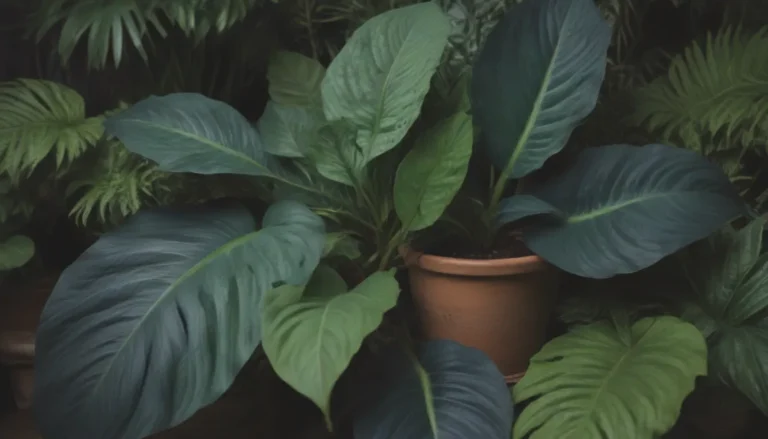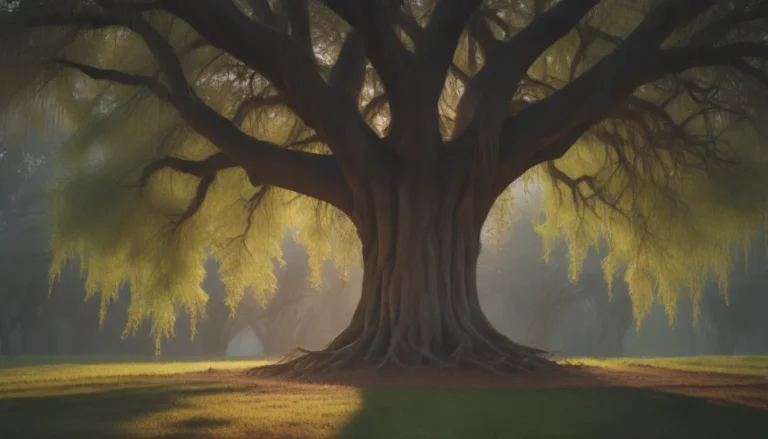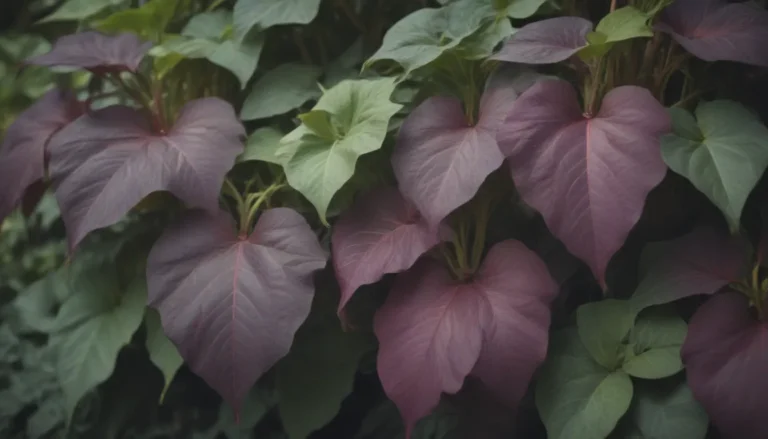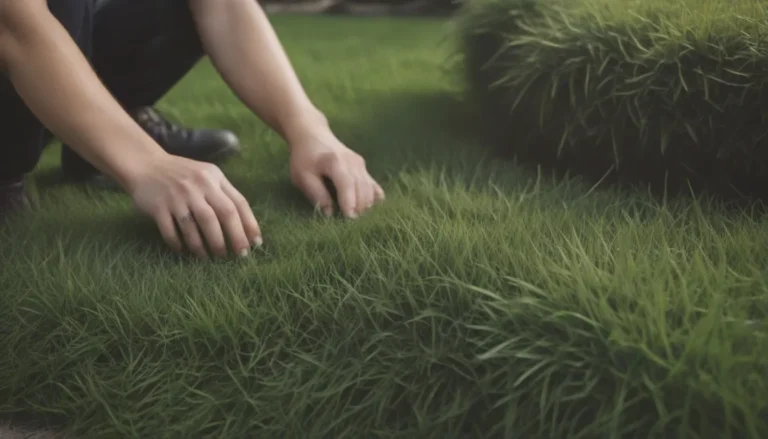The Ultimate Guide to Growing and Caring for the Spineless Yucca Plant
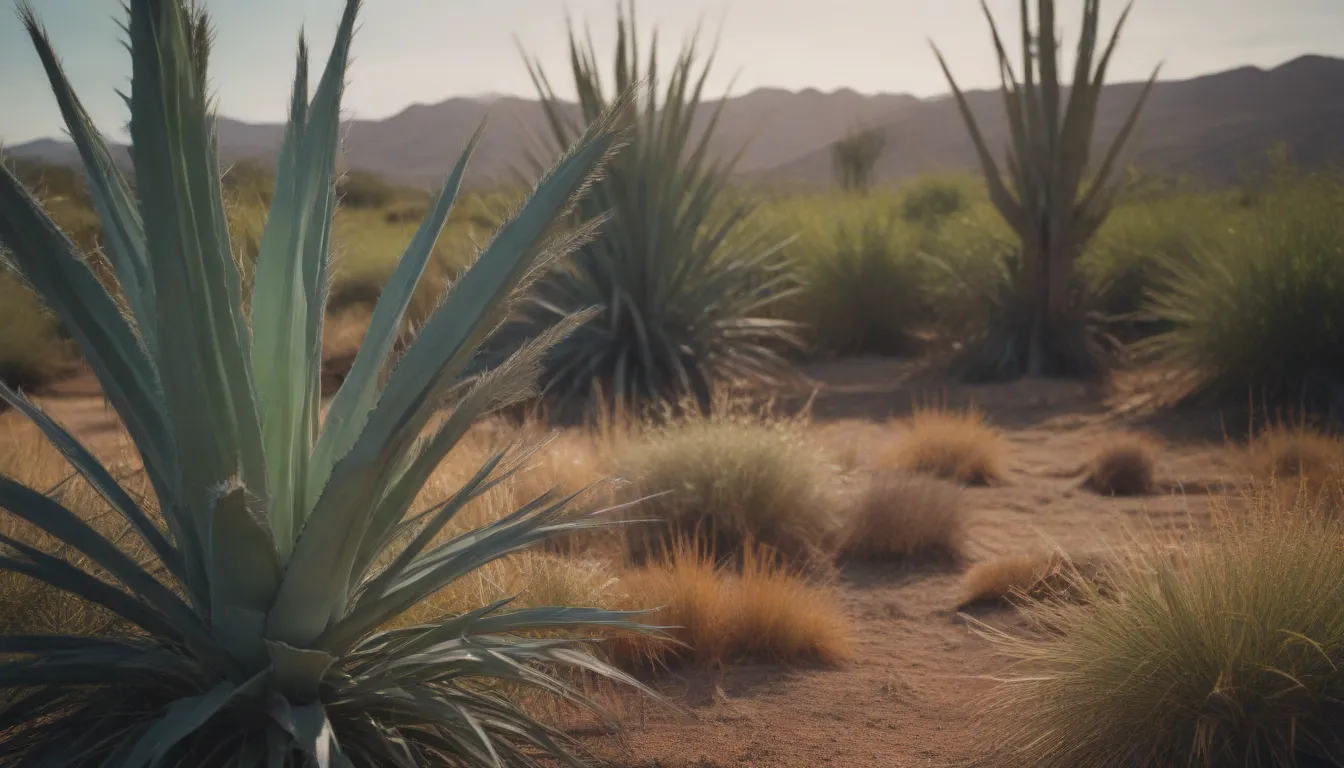
Are you looking to add a touch of greenery to your garden or living room? Look no further than the versatile and evergreen spineless yucca plant (Yucca elephantipes). This plant is not only aesthetically pleasing but also easy to care for with the right knowledge. In this comprehensive guide, we will walk you through everything you need to know about growing and caring for this beautiful plant. From its preferred light conditions to tips on propagation and common problems to watch out for, we’ve got you covered.
Introduction to Spineless Yucca
The spineless yucca is a slow grower that can thrive in both indoor and outdoor settings. With ideal conditions, this plant may even bloom, adding a pop of color to your space. While it can grow up to 30 feet tall when planted outdoors, in pots and kept trimmed, it typically reaches a height of 5 feet, making it an ideal floor plant. However, it’s essential to note that the spineless yucca is toxic to cats, dogs, and horses, so take precautions if you have pets at home.
Spineless Yucca Care
The spineless yucca is a low-maintenance plant that requires minimal attention. Here are the key factors to consider when caring for your spineless yucca:
Light
The spineless yucca thrives in full sunlight. If you are growing it indoors, ensure it receives as much sunlight as possible to promote healthy growth. While it can tolerate some shade, too much shade may result in browning foliage or leggy growth.
Soil
Native to desert regions, the spineless yucca prefers loose, infertile, sandy soil. When planting in a container, ensure the soil is well-draining to mimic its natural habitat. A mix of potting soil and perlite or coarse sand works well to provide the right balance of nutrients and drainage.
Water
Avoid overwatering the spineless yucca, as it can lead to root rot. Allow the soil to dry out between waterings, and adjust your watering schedule based on your local environment. These plants are drought-tolerant and prefer deep, thorough watering when needed.
Temperature and Humidity
The spineless yucca is a hardy plant that can tolerate a wide range of temperatures, from just below freezing to 90 degrees Fahrenheit. It thrives in midrange temperatures and medium humidity levels, making indoor spaces an ideal environment for growth.
Fertilizer
Due to its preference for low-nutrient soil, the spineless yucca rarely requires fertilization. If needed, use a slow-release cactus fertilizer low in nitrogen during the growing season, approximately once a month. Outdoor plants may require more frequent fertilization than indoor ones.
Propagating and Repotting Spineless Yucca
Propagation of the spineless yucca can be done through stem cuttings or offsets. While stem cuttings may seem intimidating, they often result in new foliage growth on the mother plant. Repotting should only be done when the plant has outgrown its current container, as the spineless yucca prefers to be slightly root-bound.
Overwintering and Common Pests
In winter, protect your spineless yucca from temperatures below 50 degrees Fahrenheit by bringing it indoors. Be cautious not to overwater the plant during this time to prevent waterlogging. While the spineless yucca is generally resilient to pests and diseases, keep an eye out for aphids, scale, mealybugs, and root rot caused by overwatering.
Common Problems and Tips for Care
Yellowing leaves are often a sign of overwatering, while drooping leaves can indicate light or water issues. To ensure your spineless yucca thrives, monitor its water needs, provide ample sunlight, and protect it from extreme temperatures. With proper care, these plants can live for up to 20 years and add a touch of beauty to any space.
In conclusion, the spineless yucca is a versatile and elegant plant that can enhance the aesthetic of your home or garden with minimal maintenance. By following the care tips outlined in this guide, you can enjoy the beauty of the spineless yucca for years to come. Remember, a little love and attention go a long way in ensuring your plants thrive and flourish. Happy gardening!
